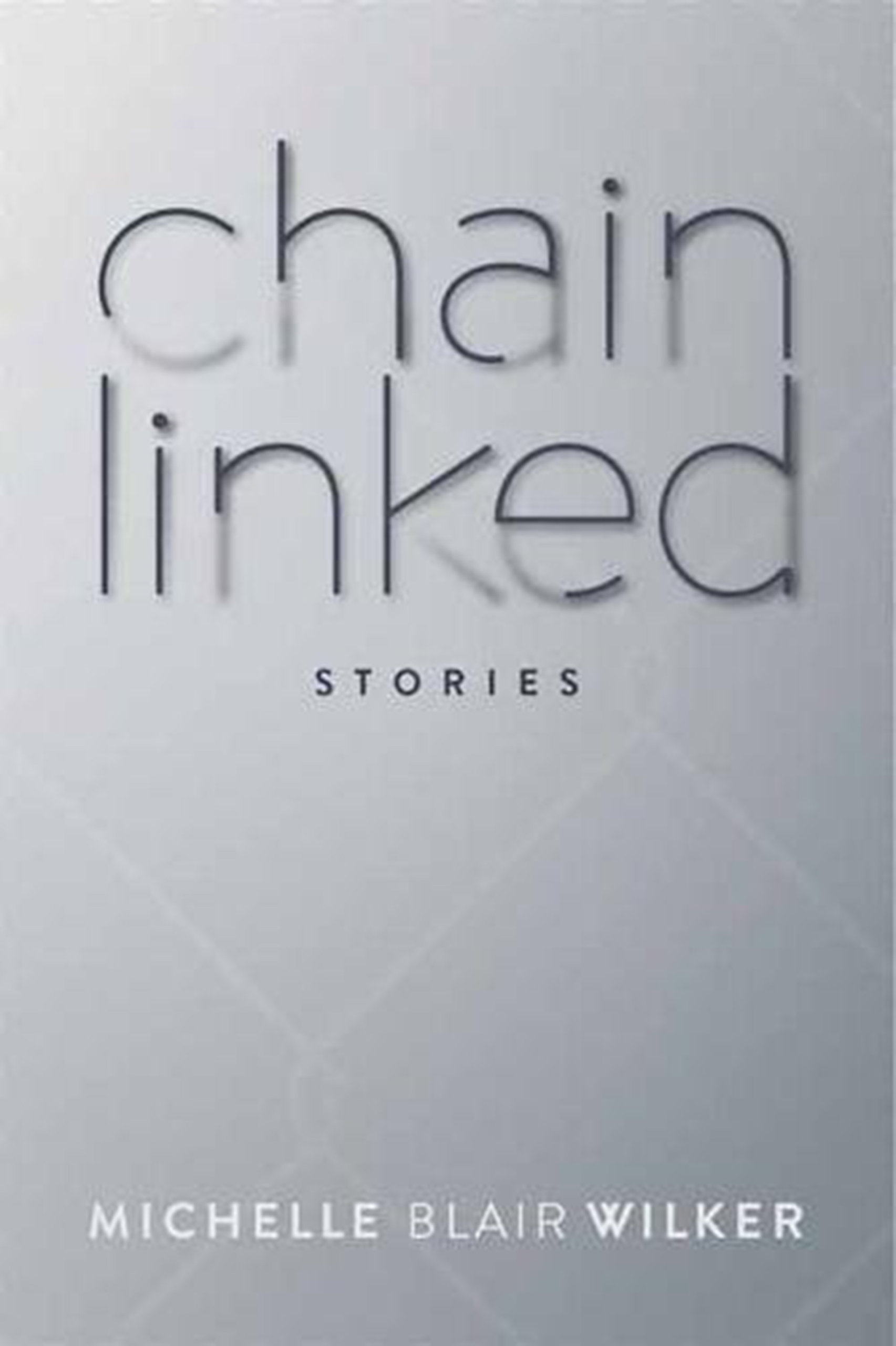Chain Linked: Stories examine inhibition in forming relationships


What do short story writers select as book ends? For the 18 stories in Chain Linked, L.A. based writer and TV producer Michelle Blair Wilker wisely selected for her opener “Backburner,” a hip, present-tense snapshot of a millennial on the rebound checking out the karaoke dive-bar scene at Liars in Montauk: “My friend Michael has a theory. Guys always have several burners going at once. Sometimes you’re on high heat up front, and sometimes they move you to the back to simmer and bubble up slowly.” For the closer there’s “Chain Linked,” a bittersweet exploration by a young woman of the possibilities of taking the initiative to meet an older man she’s attracted to, and then, to a lesser degree, his noticing of her, of which she is unaware.
Both stories exemplify the tentativeness that inhibits forming or sustaining relationships. The metaphor of the chain link fence could serve as a theme for almost all the stories, even though the collection’s title ambiguously suggests that the stories themselves are linked by continuing plot or recurring characters, which is not so.
Wilker writes with ease and directness about all manner of men and women caught in varying degrees of longing and anxiety, though the stories tend to stop abruptly and seem, on reflection, more like sketches than narratives. Inconclusiveness, however, may be just what Wilker intended, as her stories show that no matter gender, class, age, jobs, or geographical location, many people yearn to be linked to someone but cannot overcome having been disappointed, rejected, left behind. They feel fearful, lonely, confused, regarding the world as though through a chain link fence. It’s not impossible to climb over a zig-zag patterned steel barrier, but it’s risky — you can get hurt.
The most effective stories mix sympathy and social criticism and exude humor and pathos. Some stories surprise with an unexpected shift in point of view that introduces another perspective and deepens the pathos. Though Wilker is a close observer of contemporary mores and the urban mating game, she also creates characters from other times and places.
“Diamond in the Rough” begins this way: “Round these parts, folks don’t take too kindly to gun slinging sharpshooters, particularly of the lady variety.” The story introduces 17-year-old Jesse Lynn, who came from Philly to Kansas and lives with her Pappy and Granddad. She has a Pawnee friend Kanuk, but he’s often with his tribe, and Pappy has to travel to deliver mail to various outlying stations. Against Pappy’s orders but with full confidence, she rides after him one day with Kanuk but when they catch up with him, they see he’s being threatened by a robber.
It’s the one story in the collection that ends with changed behavior, but it falls occasional victim to odd or strained phrasing (“parched tears,” “the pitter-patter of the gallop . . . quick and elegant, a deafening blur against the cobalt sky”). In “That Day at Bergdorf’s,” chandeliers are said to have “oozed with elegance.”
The pieces that work best are those crafted in the first-person. They concentrate action with rapid dialogue and an ironic self-awareness that nonetheless doesn’t help the main character in moving ahead. In “Wink, Click, Swipe,” Nikki goes online to check out the dating scene, even though she sees the inanity and falseness of it all and knows that others are probably saying the same thing about her postings. Still, she continues, anticipating the recurring question: “Why is she still alone and single, such an attractive woman?” She wants to say, “because I keep going out with a**holes like you,” but she refrains, caught in the chain link barrier she has erected around herself.
In “Civil Twilight” an older woman, out of an unexplained need to assert herself, steals small items she doesn’t need or want and hides them in her house, until her grandson comes visiting one day and finds the cache. Desperate to finesse the situation, she goes outside in time to see that the “sunset flooded the sky with its magnificent golden tones for a brief moment [civil twilight] and then descended into the horizon, leaving her in complete darkness.” Like most of the other stories, this one leaves the reader wondering how the character will fare, though the descriptions of nature would seem to point the way.



